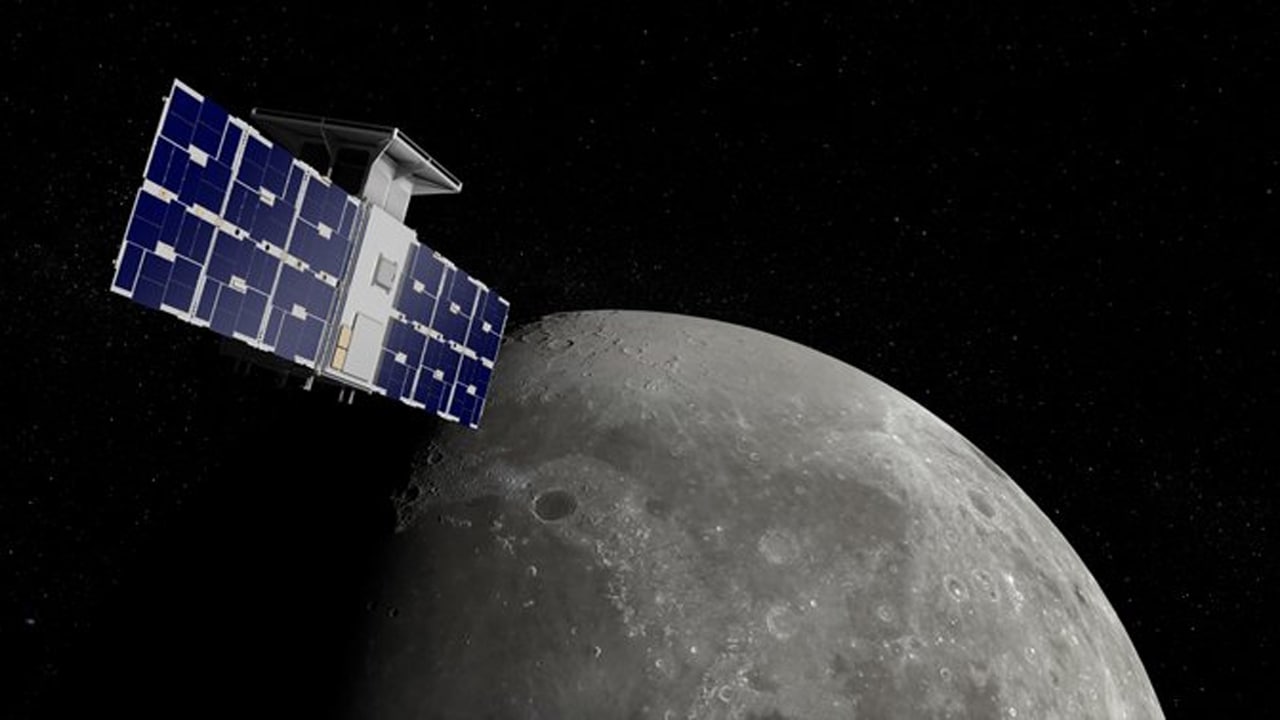NASA’s official document, astronomers using NASA’s Chandra X-ray Observatory have detected that it may be the first planet discovered outside the Milky Way.
Astronomers noticed the decrease in X-ray brightness, which implies that a planet is passing by a star in the Messiye 51 (aka M51) galaxy 28 million light-years away from Earth.
If confirmed, this planet will be the first time that mankind has discovered an extragalactic planet, thousands of times farther than the planets in the Milky Way.
According to reports, this new result is based on the transiting phenomenon, which is an event in which a planet passes in front of a star that will block some of the star’s light and produce a characteristic inclination. Because the area that produces bright X-rays is small, the planet passing in front of it can block most or all of the X-rays.
Stay tuned with us via Telegram
Compared with current optical light transmission research, this may allow the detection of exoplanets at a greater distance, because the planet only blocks a small part of the star, so it must be able to detect more subtle light changes.
Moreover, astronomers use this method to detect candidates for exoplanets in a binary star system named M51-ULS-1 located in M51. This binary star system contains a black hole or neutron star that orbits a companion star with a mass about 20 times the sun. The X-ray transit they discovered using Chandra data lasted for about three hours, during which time the X-ray emission decreased to zero.
 Based on the detected information, astronomers estimate that the exoplanet candidate in M51-ULS-1 will be roughly the same size as Saturn and orbit a neutron star or black hole with an orbital distance about twice the distance between Saturn and the sun.
Based on the detected information, astronomers estimate that the exoplanet candidate in M51-ULS-1 will be roughly the same size as Saturn and orbit a neutron star or black hole with an orbital distance about twice the distance between Saturn and the sun.
For this discovery, astronomers need more data to verify. However, the large orbit of this planetary candidate means that it will not pass through a binary star again in about 70 years, which hinders any attempts to confirm observations for decades.





